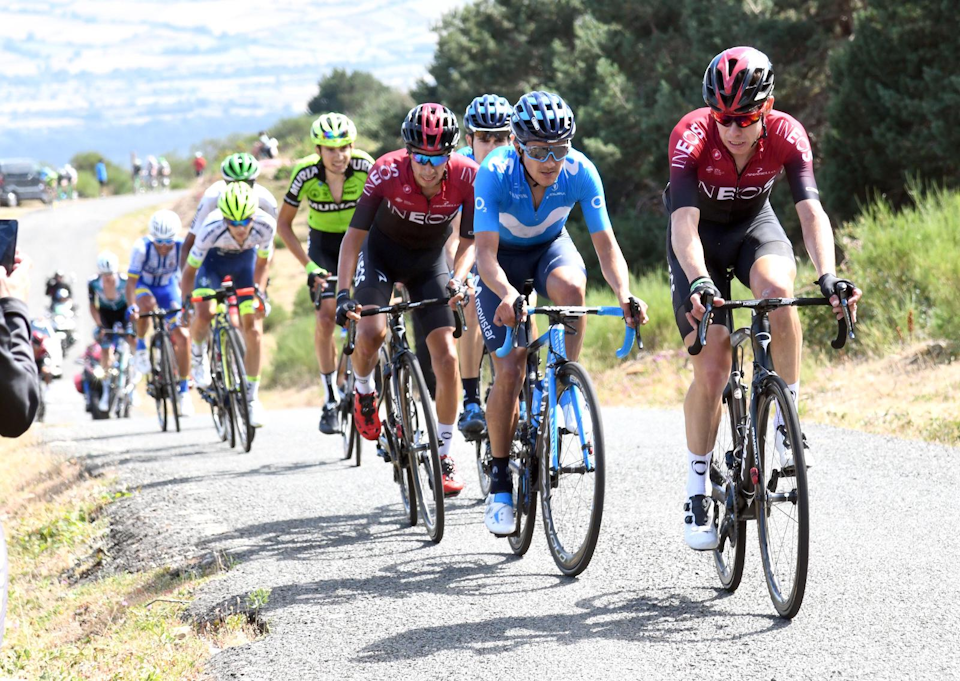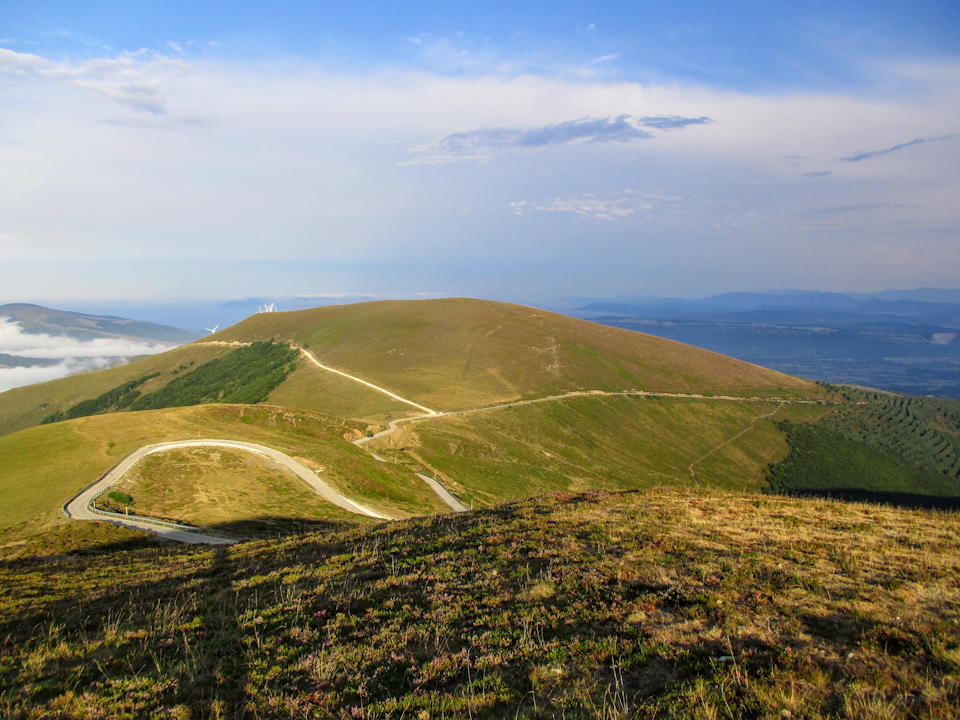Heatwave and 9 Mountain Finishes will make for brutal 2024 La Vuelta Espana
American Sepp Kuss is back to defend his title. He faces stiff competition from the likes of Wout van Aert, Primož Roglic, Aleksandr Vlasov, Adam Yates, Juan Ayuso, Richard Carapaz, Mattias Skjelmose and João Almeida

The 79th edition of the race includes just one flat stage, and packs in the climbing, with two short time trials at the start and finish of the race, which begins in Portugal August 17th.
After a Covid infection derailed his Tour de France appearance, defending champion Sepp Kuss is recovered, training well and will race the Spanish Grand Tour, Visma - Lease a Bike announced.
Kuss took the red jersey after stage eight last year and managed to keep it all the way to Madrid 13 stages later with the help of teammates Jonas Vingegaard and Primoz Roglic.
Tadej Pogacar and Kuss' team-mate Jonas Vingegaard are not participating. Three-times winner Primoz Roglic who moved to Bora-hansgrohe and broke a vertebra in a crash at the Tour de France has not yet been confirmed to fit enough to race.
Out of all 3 Grand Tours the Vuelta a España is really the one requiring climbers legs. Without them, don't even go there. While iconic climbs like Angliru and the Pyrenees are absent from this year's route, riders can expect steep and sweltering mountainous climbs including Cuitu Negru and the returning to Lagos de Covadonga.
Such a mountainus tour with 9 uphill finishes is certain to favor the “Durango Kid”, including three new climbs at Yunquera, Cazorla and Puerto de Ancares.
The course also favors GC riders and teams who can handle the scorching heat with daily temperatures of 30c+ forecasted across Spain.
After a time trial the first few days are characterized by fast, hilly sections before the tour moves to Spain on the fourth day, where the first tough mountain stage on Pico Villuercas awaits – a brutal climb with over 15% gradient.
The first week culminates in a challenging mountain stage in the Sierra Nevada around Granada, with three climbs of the 1st category. The second week raises the bar even higher: with the tough finale on Cuitu Negru – one of the hardest climbs of the tour – and other peaks like Puerto de Ancares, the race week will be a real endurance test for the classification riders.
The second week features summit finishes in Manzaneda, Puerto de Ancares and the famous Cuitu Negru. Lagos de Covadonga is then the finale of stage 16 which opens up the final week. These last three summit finishes were used in the 2012 edition which had a spectacular battle between Alberto Contador, Joaquim Rodríguez and Alejandro Valverde.
As mentioned, the third week begins with the legendary mountain finish at Lagos de Covadonga. However the action will not end there. After two hilly and explosive days, stage 19 will have a summit at the Alto de Moncalvillo, and stage 20 will see the riders in the region of Burgos for a day packed with difficult climbs and an ultimate summit finish at Picón Blanco.
Photo: Ultimate summit finish at Picón Blanco on Stage 20 of the 2024 La Vuelta

The grand finale takes place in Madrid – an individual time trial covering the last 24.6 kilometers of the Vuelta that will crown the overall winner.
Overall, the riders face 21 stages with 3,261 km, including nine summit finishes and a challenging time trial to conclude. Fans can look forward to a spectacular race where the mountains will play the leading role.
The route sees the back half packed with challenging, steep terrain in northern Spain, giving climbers like Kuss ample terrain to carve out a lead going into the closing-day time trial.
Classification Jerseys
The best rider in the overall classification receives the Maillot Rojo – the red jersey, sometimes also called ‘el Rojo’. It is one of the most prestigious classification jerseys in cycling worldwide.
The relatively new Young Rider classification is evaluated in the same way as the overall classification, but only riders under 25 years old are considered.
The Maillot verde, the green jersey of La Vuelta, rewards stage winners and sprinters: Placements in each stage as well as intermediate sprints award points – and the rider with the most points earns the classification jersey. The Maillot Lunares, the white jersey with blue polka dots, is for the best climber. And it has to be earned: The more difficult and longer the climb, the more points are awarded.